|
|
|
 Joel's Blog Joel's Blog |
 Built-It Blog Built-It Blog |
 Video Roundup Video Roundup |
 Classes & Events Classes & Events |
 Work Magazine Work Magazine |
| Newer Entries... | |
 | Practice Makes Perfect - On Learning To Carve - 08/07/2009 |
 | 4mm Domino for 1/2 Plywood - 08/04/2009 |
 | Hand/Eye vs. Machine - 07/31/2009 |
 | Why beveled sides on bench chisels? - 07/27/2009 |
 | Frank McCourt, My English Teacher, Dies at 78 - 07/20/2009 |
 | Women in Woodworking - The First Female Woodworking Author - 07/14/2009 |
 | Working Towards the Clamp-down - 07/10/2009 |
 | What is a Dovetail Saw? - 07/07/2009 |
 | Book Covers Pt. 2 - 06/30/2009 |
 | Book Covers - 06/24/2009 |
 | Always a Bridesmaid - Never A Bride - 06/21/2009 |
 | Full Spectrum Fluorescent Lighting - 06/16/2009 |
 | We are hosting a FESTOOL Demo Day on Wednesday June 24 - 06/12/2009 |
 | I'll Be Teaching Sharpening at Third Ward on June 25th - 06/09/2009 |
 | The Earliest Subscriber to an English Woodworking Magazine - 06/02/2009 |
 | Footprint Tools - The End of an Era - 05/26/2009 |
 | Mallet Soft - Handle Hard - 05/19/2009 |
 | What a 14th Century Treasure Trove! - 05/12/2009 |
 | Family History - 05/05/2009 |
 | On The Early History of Shoulder Planes - 04/27/2009 |
| Older Entries... | |
|
Hours: M-F 9:00-5:00, closed Sat,Sun Our Guarantee & Return Policy Shipping and Sales Tax Info Privacy Policy Holiday Calendar |
|
Contact Us:
Email: support@toolsforworkingwood.com Phone: 800-426-4613 or 718-499-5877 Visit Us in Brooklyn: Directions to Our Showroom © 1999-2019 toolsforworkingwood.com Powered by 01 Inc. Coded entirely in NYC |



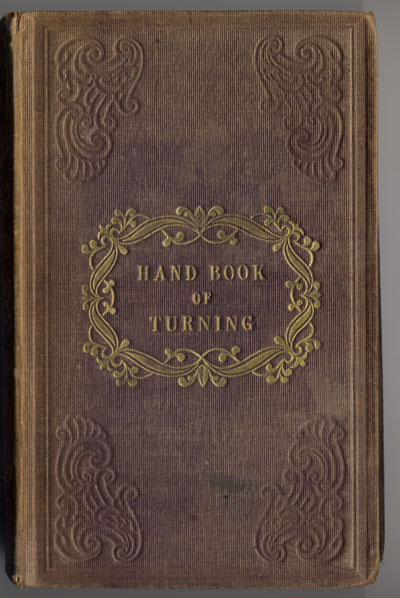
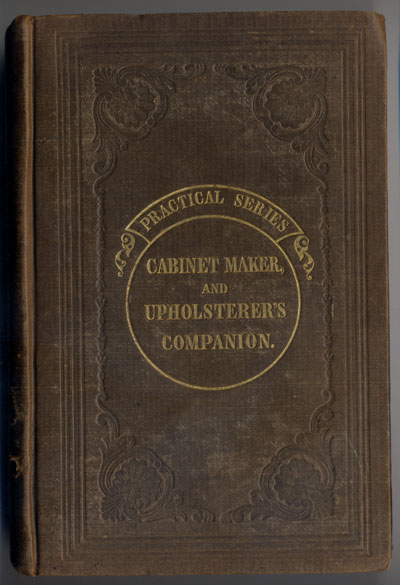
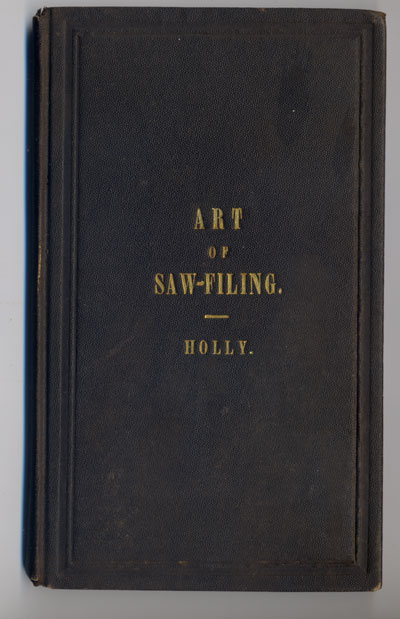
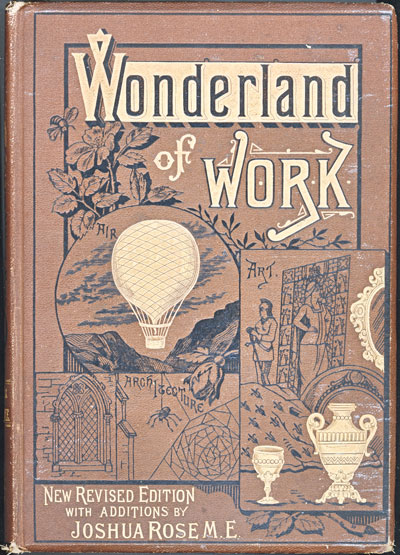
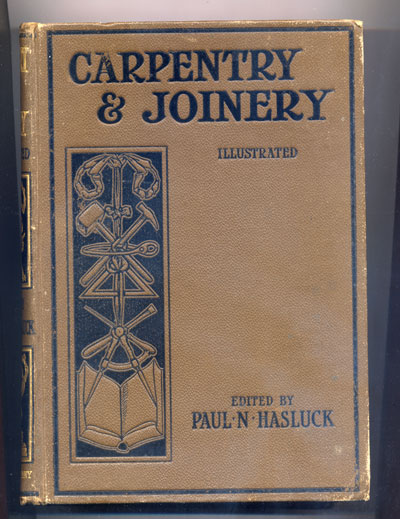
I have a book covering (no pun intended) the history of trade book binding. I'll look for it as my interest is once again piqued.
Gary
You are correct. Since the book we are reprinting is from 1839 we are just at the start of the trade book style. Jeff Peachy did an analysis of the various editions of the book and really highlights the differences in manufacture. We will be including his comments as an appendix in our reprint.
I'm looking forward to the book and to Jeff's comments.
Gary